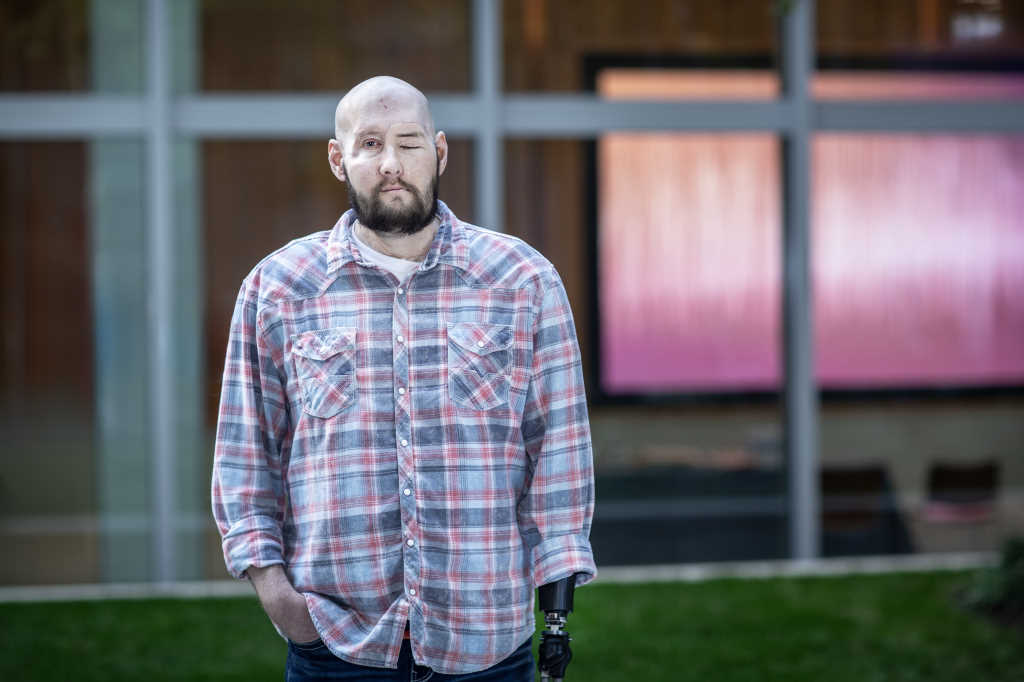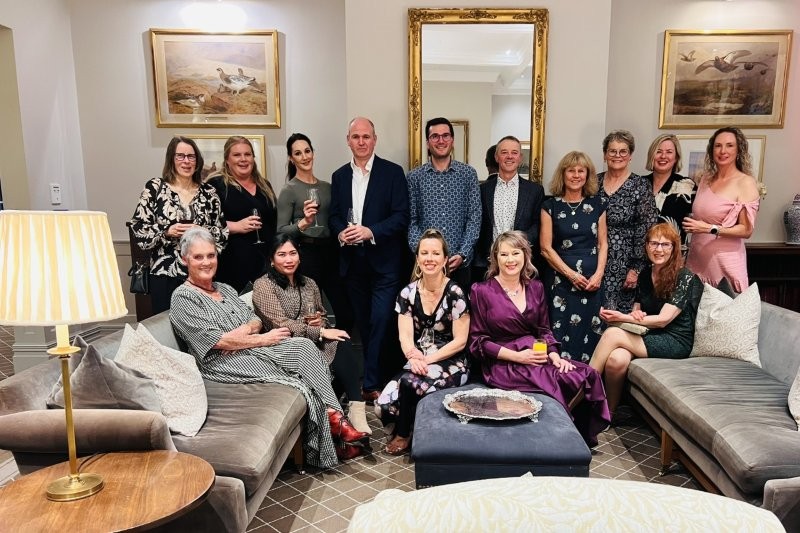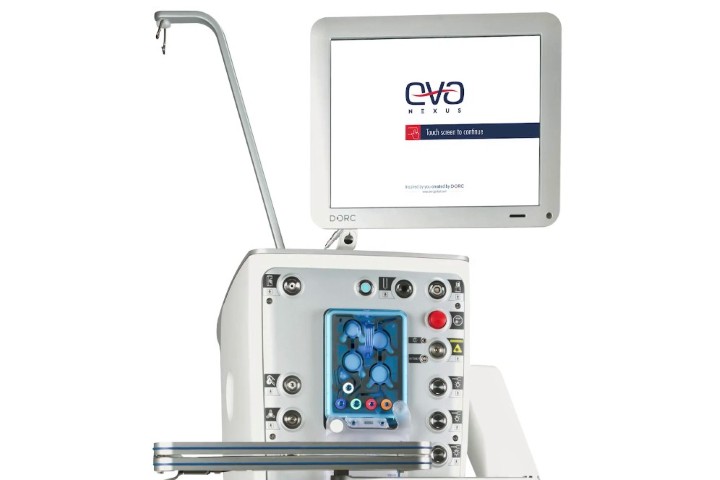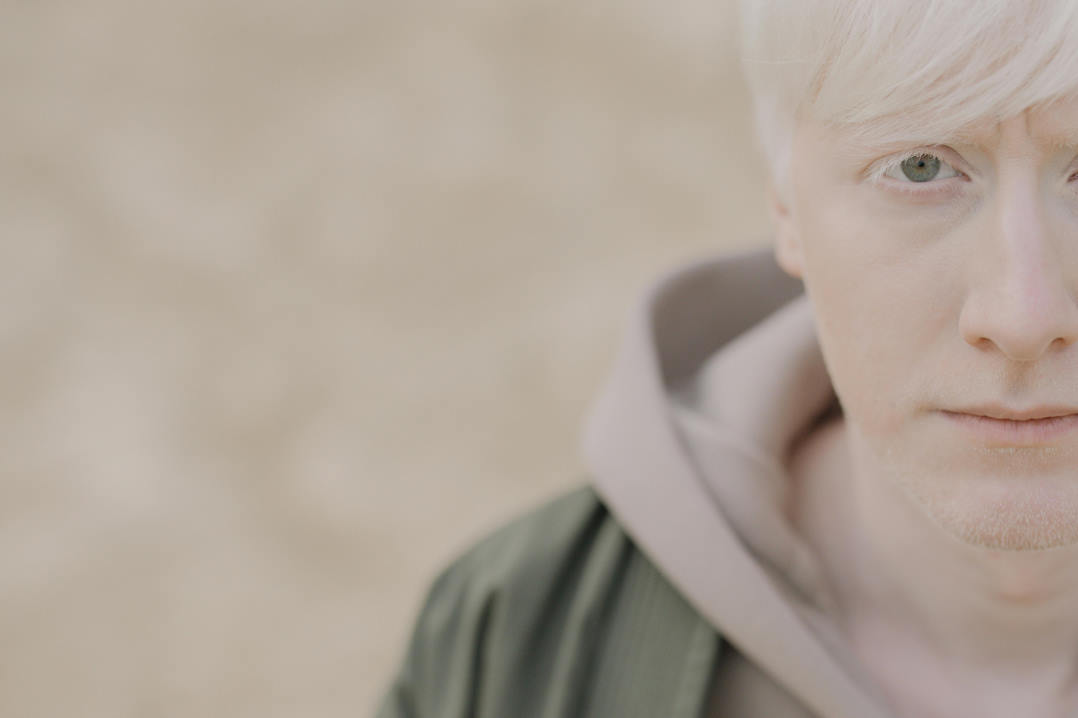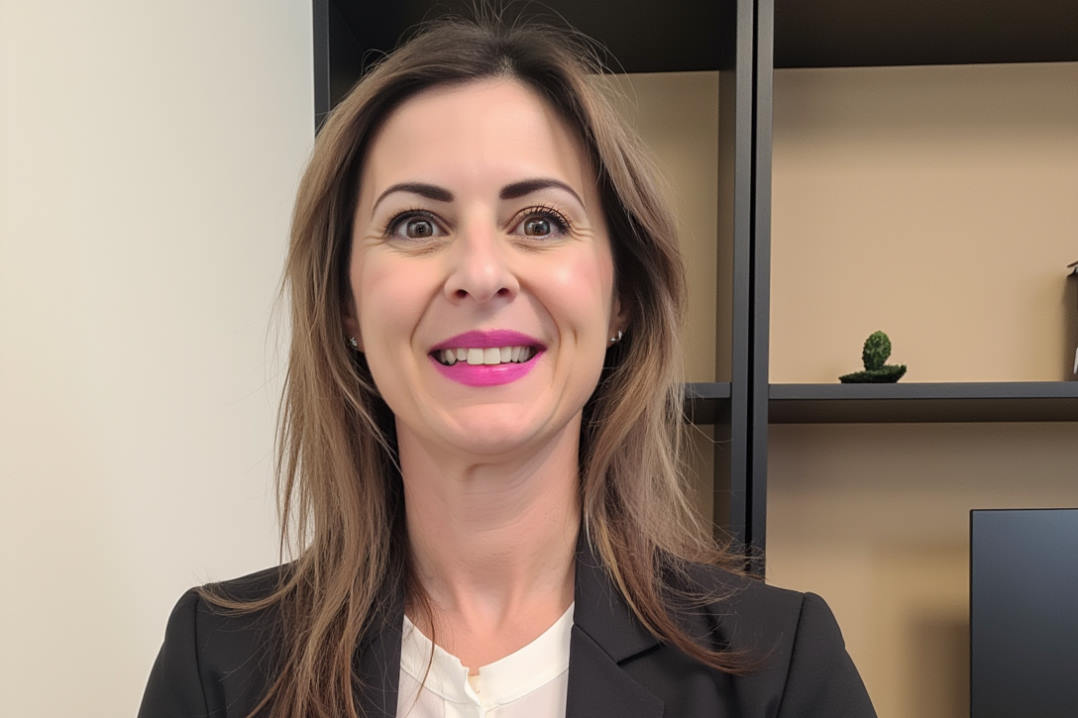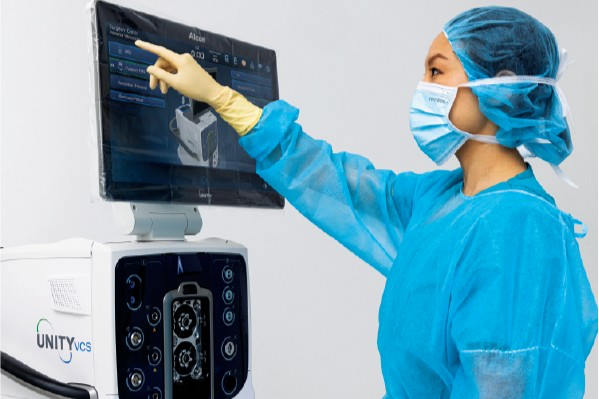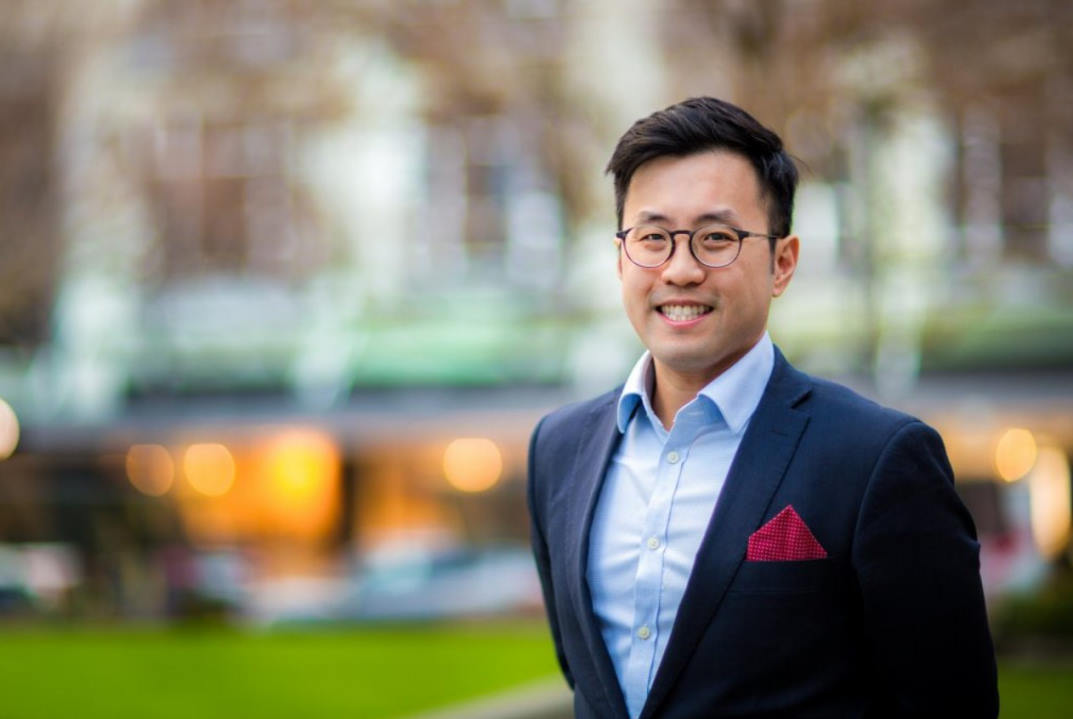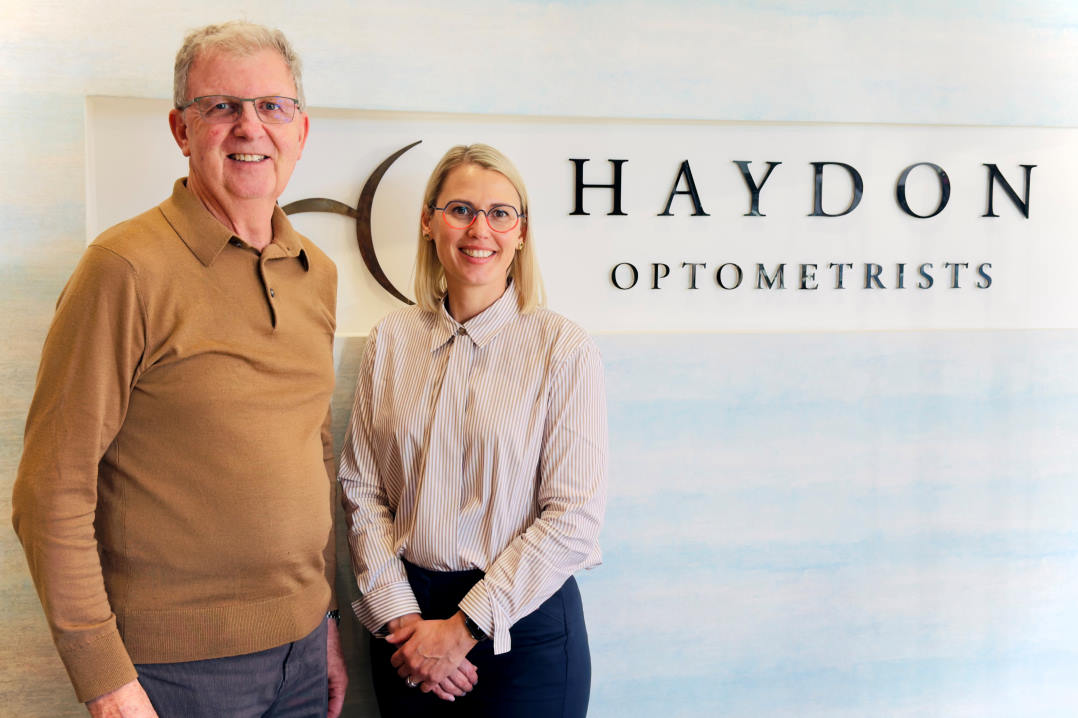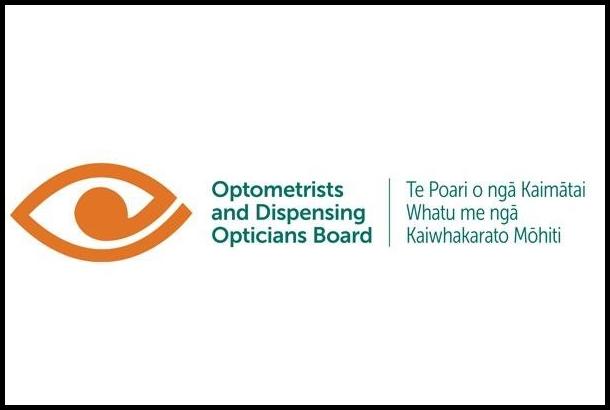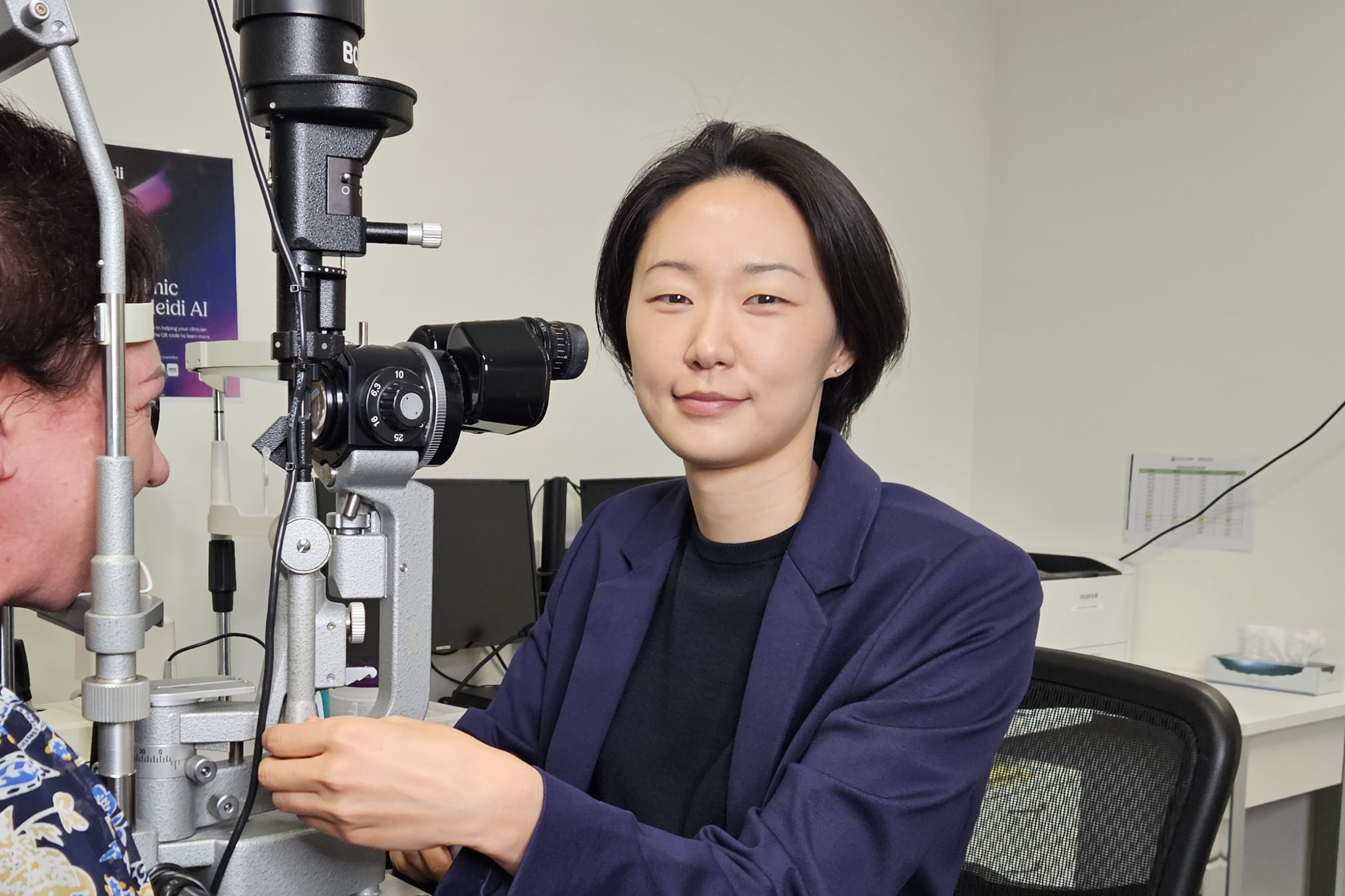World’s first whole-eye transplant
Global coverage of the world’s first whole-eye transplant blanketed media in early to mid-November. Led by Professor Eduardo Rodriguez, director of the Face Transplant Programme at NYU Langone Health in New York, the 27 May surgery lasted 21 hours and included a team of more than 140 surgeons, nurses and other healthcare professionals.
The patient, Aaron James, a 46-year-old father from Hot Springs, Arkansas, survived a potentially deadly 7,200-volt shock while working as a high-voltage lineman in June 2021 when his face accidentally touched a live wire. He lost his left eye, his dominant left arm above the elbow, his entire nose and lips, front teeth, left cheek and chin down to the bone.
Brought in just two months after the injury, Dr Rodriguez and his team recommended cutting his optic nerve as close to the eyeball as possible, to maximise nerve length and reconstructive options, after the Texas surgeons who were looking after James were forced to remove his left eye due to severe pain, said NYU Langone in a statement. This initiated talks about including an eye with a face transplant for the first time, said Prof Rodriguez.
The surgery to transplant the eye and a portion of the face from a single donor, included all the underlying muscles, blood vessels and nerves, as well as the eye socket and optic nerve. The team used bone marrow-derived adult stem cells from the donor to work as a replacement therapy and natural repair crew to create healthy cells that replace damaged or dysfunctional cells, said Professor Samer Al-Homsi, executive director of the Transplantation and Cellular Therapy Center at NYU Langone. “This is the first attempt of injecting adult stem cells into a human optic nerve during a transplant in the hopes of enhancing nerve regeneration.”
Six months after the surgery, James had regained many elements of the life he lost, including the ability to taste, smell and eat solid foods, said NYU Langone. “While it is still unknown whether he will regain sight, the transplanted left eye has shown remarkable signs of health, including direct blood flow to the retina.” James will continue to have clinical tests on the left transplanted eye, including electroretinography, to monitor the retina’s response to light.
“This is certainly one extraordinary step in the right direction,” said neuro-ophthalmologist Professor Stephen Galetta, chair of neurology at NYU Langone. “Whatever happens next allows the opportunity for various methods to try to enhance the remaining aspects of the retina, whether it be through growth factors, stem cells, or a device that can pick up the signals and then bypass things along that optic nerve pathway. I’m looking forward to further advancements from this case in collaboration with the very talented minds that made it happen here at NYU Langone.”









